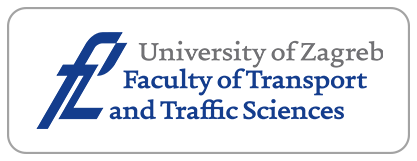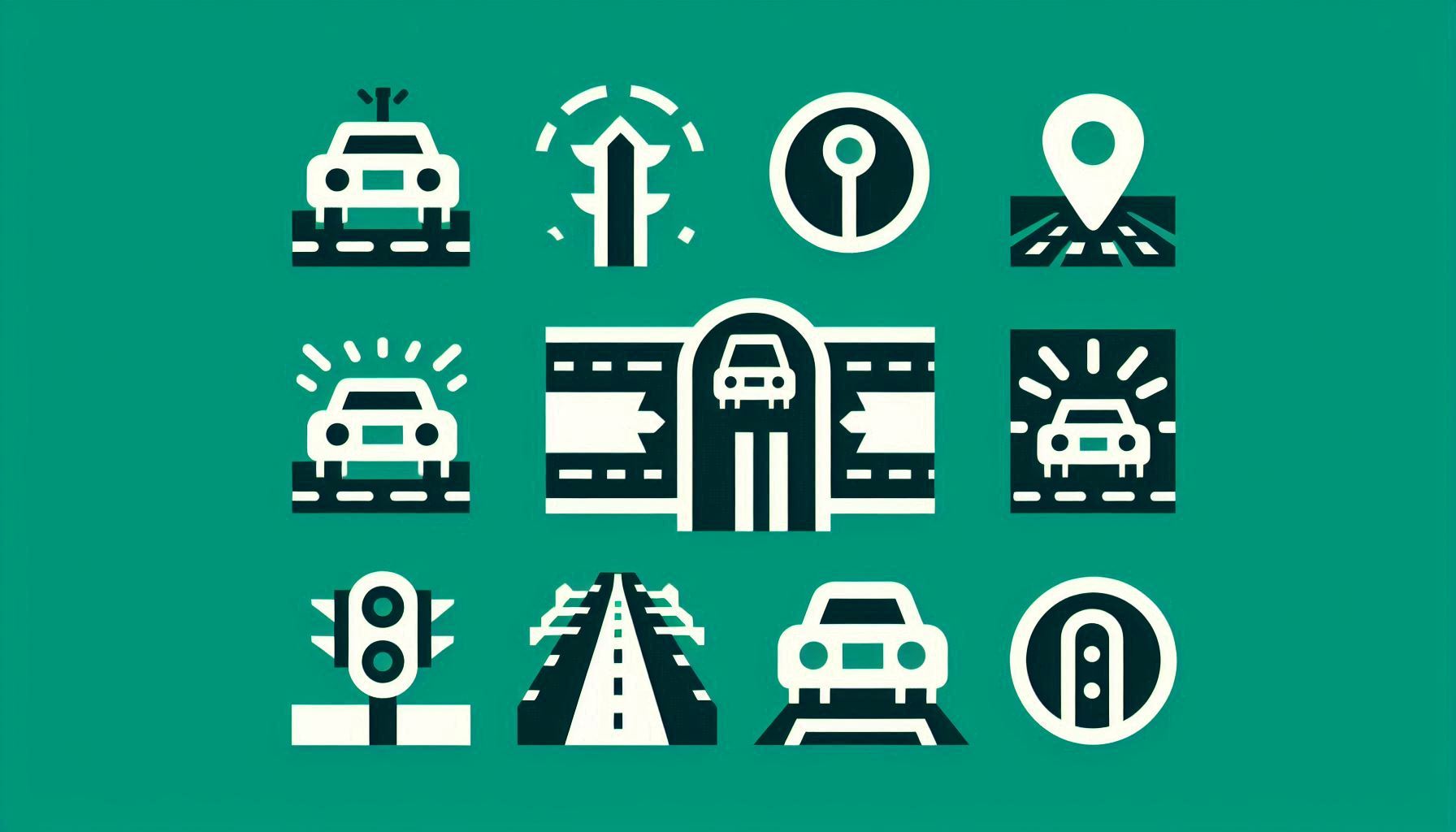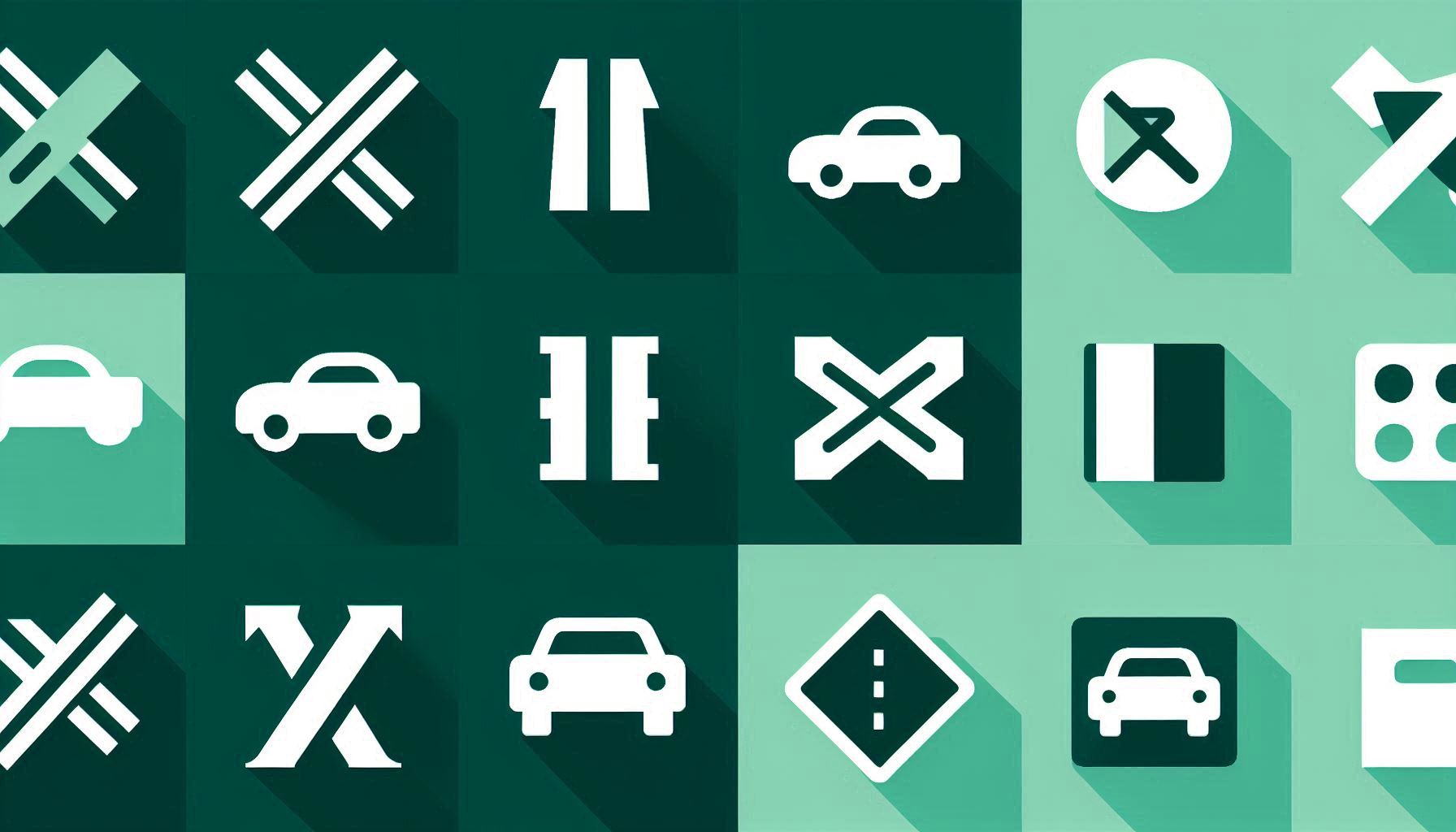Pollution Reduction and Carbon Reduction in Mixed Traffic Flow Environments under the Influence of LCI for Energy Consumption Analysis

Downloads
The accelerated progression of urbanisation has emerged as a pivotal factor in the escalating issue of global warming, with automobile exhaust emissions assuming a central role in this context. This phenomenon underscores the growing prominence of energy consumption and environmental pollution as critical concerns. To promote the healthy development of green and sustainable transportation systems, this study analyses the impact of lane change intention (LCI) on reducing pollution and carbon in mixed traffic flow. The study proposes a traffic energy consumption model to analyse the impact of LCI on vehicle energy consumption in a mixed traffic flow environment. The model combines the collaborative adaptive cruise control (CACC) strategy to explore energy consumption in a multidimensional mixed traffic environment. The results showed that vehicles with LCI in mixed traffic flow had an average energy consumption increase of 7.65% compared to vehicles driving normally. When the vehicle adopted CACC, it could effectively alleviate the increase in energy consumption caused by LCI. Vehicles with the LCI and applying CACC only increased their energy consumption by an average of 4.84%, a decrease of 2.81% compared to those without cruise control. In summary, the research on pollution reduction and carbon reduction in mixed traffic flow environments under the influence of LCI for energy consumption analysis provides support and reference for the sustainable development of green transportation.
Downloads
Zahedi R, Pourezzat AA, Jafari M. Hybrid energy storage system for electric motorcycles: Technical and economic analysis. Case Studies in Thermal Engineering. 2024;104613. DOI: 10.1016/j.csite.2024.104613.
Naseri A, et al. Simulating the performance of HOV lanes for optimal urban traffic management. Transportation research interdisciplinary perspectives. 2024;23:101010. DOI: 10.1016/j.trip.2023.101010.
Babaie Pirouziana AR, Zahedi R, Ahmadi A, Olya N. Integration of renewable energy-based systems for transport sector in 2050: Case study in Iran. Renewable Energy Research and Applications. 2023;4(1):21-30. DOI: 10.22044/rera.2022.11910.1124.
Estelaji F, et al. Potential measurement and spatial priorities determination for gas station construction using WLC and GIS. Future Technology. 2023;2(4):24-32. DOI: 10.55670/fpll.futech.2.4.3.
Ullah I, et al. A comparative performance of machine learning algorithm to predict electric vehicles energy consumption: A path towards sustainability. Energy & Environment. 2022;33(8):1583-1612. DOI: 10.1177/0958305X211044998.
Dai J, et al. Transport infrastructure, economic growth, and transport CO2 emissions nexus: Does green energy consumption in the transport sector matter?. Environmental Science and Pollution Research. 2023;30(14):40094-40106. DOI: 10.1007/s11356-022-25100-3.
Manimuthu A, Venkatesh VG, Raja Sreedharan V, Mani V. Modelling and analysis of artificial intelligence for commercial vehicle assembly process in VUCA world: A case study. International Journal of Production Research. 2022;60(14):4529-4547. DOI: 10.1080/00207543.2021.1910361.
Farghali M, et al. Strategies to save energy in the context of the energy crisis: A review. Environmental Chemistry Letters. 2023;21(4):2003-2039. DOI: 10.1007/s10311-023-01591-5.
Nishanthy J, et al. Techno‐economic analysis of a hybrid solar wind electric vehicle charging station in highway roads. International Journal of Energy Research. 2022;46(6):7883-7903. DOI: 10.1002/er.7688.
Ding C, et al. Collaborative control of traffic signal and variable guiding lane for isolated intersection under connected and automated vehicle environment. Computer‐Aided Civil and Infrastructure Engineering. 2022;37(15):2052-2069. DOI: 10.1111/mice.12780.
Tang J, Zeng J. Spatiotemporal gated graph attention network for urban traffic flow prediction based on license plate recognition data. Computer‐Aided Civil and Infrastructure Engineering. 2022;37(1):3-23. DOI: 10.1111/mice.12688.
Miletić M, Ivanjko E, Gregurić M, Kušić K. A review of reinforcement learning applications in adaptive traffic signal control. IET Intelligent Transport Systems. 2022;16(10):1269-1285. DOI: 10.1049/itr2.12208.
Zhang W, et al. Lane-change behavior in low illumination: Research based on a questionnaire investigation. Journal of Transportation Safety & Security. 2022;14(1):130-151. DOI: 10.1080/19439962.2020.1744050.
Zhang Y, et al. Tactical-level explanation is not enough: Effect of explaining AV’s lane-changing decisions on drivers’ decision-making, trust, and emotional experience. International Journal of Human–Computer Interaction. 2023;39(7):1438-1454. DOI: 10.1080/10447318.2022.2098965.
Ahmed I, et al. Characterizing lane changing behavior and identifying extreme lane changing traits. Transportation letters. 2023;15(5):450-464. DOI: 10.1080/19427867.2022.2066856.
Gan X, Weng J, Li W, Han M. Spatial-temporal varying coefficient model for lane-changing behavior in work zone merging areas. Journal of Transportation Safety & Security. 2022;14(6):949-972. DOI: 10.1080/19439962.2020.1864075.
Li X, Xie N, Wang J. A variable weight adaptive cruise control strategy based on lane change recognition of leading vehicle. Automatika: časopis za automatiku, mjerenje, elektroniku, računarstvo i komunikacije. 2022;63(3):555-571. DOI: 10.1080/00051144.2022.2055913.
Qin Y, Wang H. Stabilizing mixed cooperative adaptive cruise control traffic flow to balance capacity using car-following model. Journal of intelligent transportation systems. 2023;27(1):57-79. DOI: 10.1080/15472450.2021.1985490.
Ramadan I, et al. Effect of road, environment, driver, and traffic characteristics on vehicle emissions in Egypt. International Journal of Civil Engineering. 2022;20(11):1261-1276. DOI: 10.1007/s40999-022-00729-w.
Ma W, Chen B, Yu C, Qi X. Trajectory planning for connected and autonomous vehicles at freeway work zones under mixed traffic environment. Transportation Research Record. 2022;2676(10):207-219. DOI: 10.1177/03611981221088766.
Lu S, et al. Altruistic cooperative adaptive cruise control of mixed traffic platoon based on deep reinforcement learning. IET Intelligent Transport Systems. 2023;17(10):1951-1963. DOI: 10.1049/itr2.12386.
Dai J, et al. Transport infrastructure, economic growth, and transport CO2 emissions nexus: Does green energy consumption in the transport sector matter?. Environmental Science and Pollution Research. 2023;30(14):40094-40106. DOI: 10.1007/s11356-022-25100-3.
Das PK, Bhat MY, Sajith S. Life cycle assessment of electric vehicles: a systematic review of literature. Environmental Science and Pollution Research. 2024;31(1):73-89. DOI: 10.1007/s11356-023-30999-3.
Sun D, et al. An investigation on the role of electric vehicles in alleviating environmental pollution: evidence from five leading economies. Environmental Science and Pollution Research. 2023;30(7):18244-18259. DOI: 10.1007/s11356-022-23386-x.
He L, et al. Review on thermal management of lithium-ion batteries for electric vehicles: Advances, challenges, and outlook. Energy & Fuels. 2023;37(7):4835-4857. DOI: 10.1021/acs.energyfuels.2c04243.
Liao L, et al. An improved dynamic Chebyshev graph convolution network for traffic flow prediction with spatial-temporal attention. Applied Intelligence. 2022;52(14):16104-16116. DOI: 10.1007/s10489-021-03022-w.
Mohseni M, Amirghafouri F, Pourghebleh B. CEDAR: A cluster-based energy-aware data aggregation routing protocol in the internet of things using capuchin search algorithm and fuzzy logic. Peer-to-Peer Networking and Applications. 2023;16(1):189-209. DOI: 10.1007/s12083-022-01388-3.
Akbari MR, Barati H, Barati A. An efficient gray system theory-based routing protocol for energy consumption management in the Internet of Things using fog and cloud computing. Computing. 2022;104(6):1307-1335. DOI: 10.1007/s00607-021-01048-z.
Jafari V, Rezvani MH. Joint optimization of energy consumption and time delay in IoT-fog-cloud computing environments using NSGA-II metaheuristic algorithm. Journal of Ambient Intelligence and Humanized Computing. 2023;14(3):1675-1698. DOI: 10.1007/s12652-021-03388-2.
Copyright (c) 2025 Yujia ZHANG, Gangqiang ZHANG

This work is licensed under a Creative Commons Attribution-NonCommercial 4.0 International License.




















